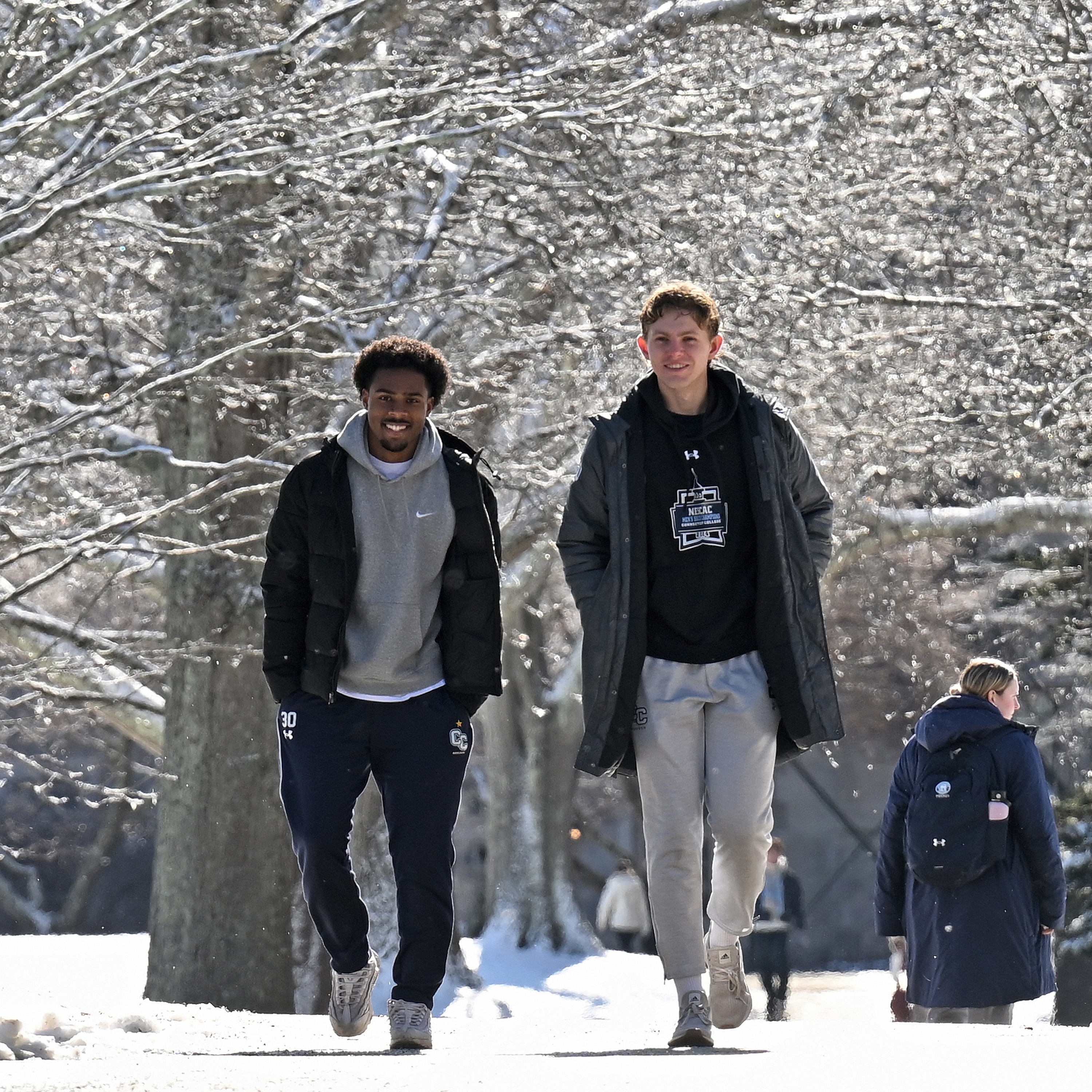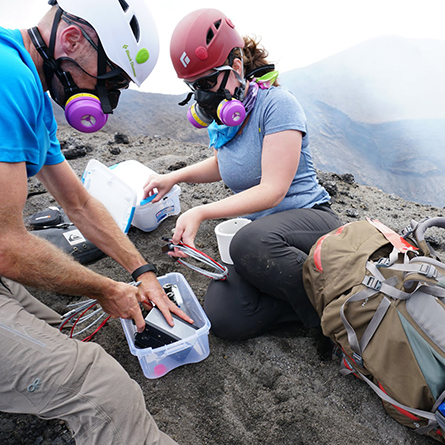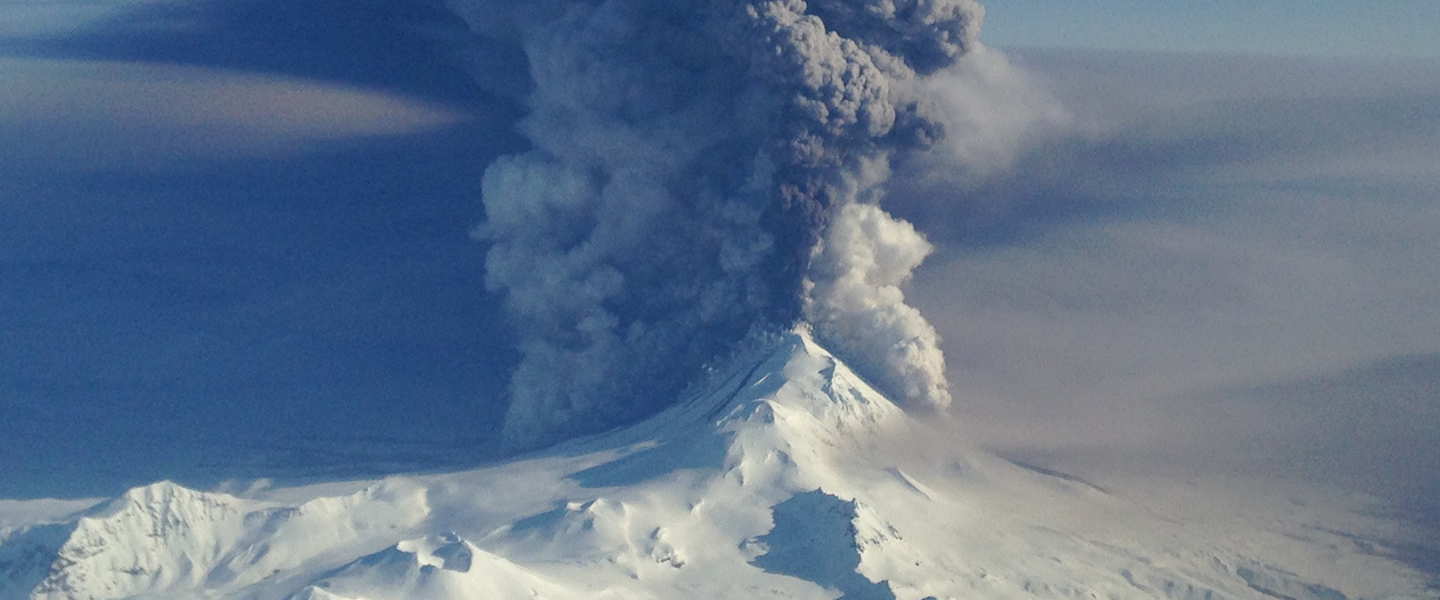
Listening to volcanoes

Alex Iezzi’s fascination with volcanoes has taken her to some of the most active volcano sites in the world—and now, to the pages of Science Magazine.
An article appearing in the Jan. 6 edition of Science details key findings of the March 27, 2016 eruption of Mount Pavlof in Alaska. Iezzi is one of seven coauthors who tracked data from the blast, which lasted close to 40 hours and led to the cancellation of nearly 100 flights.
Iezzi, who earned a self-designed geophysics degree from Connecticut College in 2015, is currently a geophysics doctoral candidate at the Geophysical Institute of the University of Alaska Fairbanks. She was working with the Alaska Volcano Observatory the day Pavlof erupted.
“We had about 20 minutes of seismicity before the volcano absolutely blew and there was a huge plume,” Iezzi said.
Buried in the data being compiled was an even bigger story.
Specifically, the researchers considered the relationship between the height of the erupting volcano’s ash plume and the seismic and infrasonic activity that occurs simultaneously.
“In the early stage of the eruption, both the seismic and infrasonic tremor, as well as the plume height, were increasing at a steady rate,” Iezzi said, describing a key finding. “Then, in the waning portion of the eruption, the relationship changed. The tremor pretty much died off, but the plume was still coming off to a significant elevation. If the source mechanism remained the same, you would think that when the ground stops shaking, the plume would decrease in height too. This was not the case with the 2016 eruption of Pavlof.”
Doug Thompson, the Rosemary Park Professor of Geology and Iezzi’s major adviser at Conn, said being published in Science is a major step in a young scientist’s career.
“This is an amazing accomplishment for any scientist, never mind someone who graduated less than two years ago,” he said.
January 25, 2017

